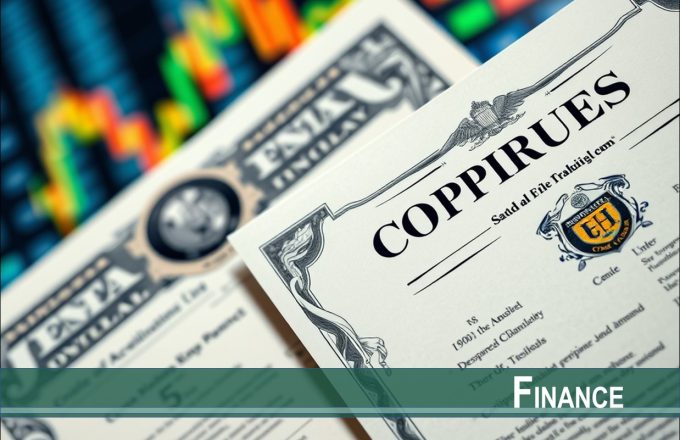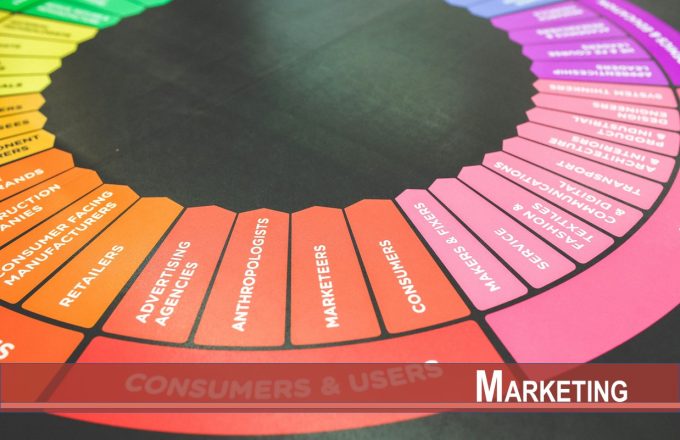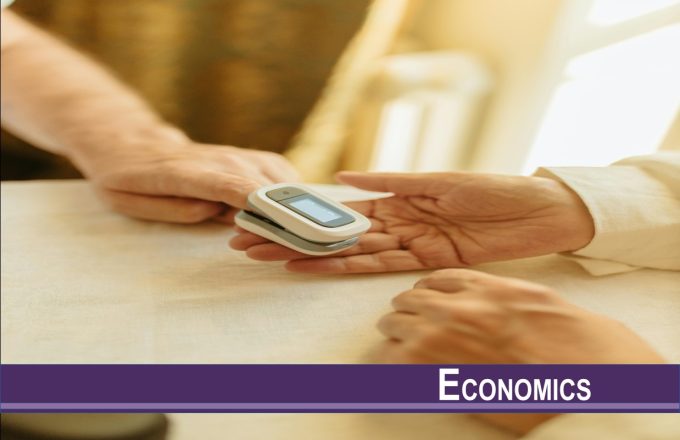Mutual funds investing in illiquid corporate bonds actively manage Treasury positions to buffer redemption shocks. This liquidity management practice can transmit non-fundamental fund flow shocks onto Treasuries, generating excess return volatility. Consistent with this hypothesis, we find that Treasury excess return volatility is positively associated with bond fund ownership, and this pattern is more pronounced among funds conducting intensive liquidity management. Causal evidence is provided by exploiting the U.S. Securities and Exchange Commission’s 2017 Liquidity Risk Management Rule. Evidence also suggests that the COVID-19 Treasury market turmoil was attributed to intensified liquidity management, an unintended consequence of the 2017 Liquidity Risk Management Rule.
February 2025
The Review of Financial Studies
The Interactions of Customer Reviews and Price and Their Dual Roles in Conveying Quality Information
Customer reviews help communicate product information, but their effectiveness may suffer from selection bias (i.e., depending on factors, such as the individual experience and price, not all consumers may voluntarily write reviews). Consequently, a seller may have to resort to additional means (e.g., signaling through price in the context of an experience good) to convey its quality. This paper develops an analytical model to investigate the interaction of customer reviews and price with the presence of selection bias in marketing an experience good with uncertain quality to consumers. Our analysis reveals the dual roles played by both customer reviews and price in communicating quality information. On one hand, customer reviews may either directly convey product information with unbiased distribution of reviews or facilitate price signaling when reviews are biased because of selection. On the other hand, price may be adjusted to mitigate the selection bias of reviews to make them more informative, and it may also signal quality directly in the presence of review bias. As a result, we show that bias in reviews may actually benefit consumers without compromising information communication as the incentive to reduce review selection bias makes it credible and profitable for the high-quality seller to signal its type by undercutting the price that would be set if it is of low quality. We then extend our analysis to examine the information, profits, and welfare impacts of several important design elements of a review system as well as the impact of consumers’ aversion to risk. Finally, the implications of our findings on the management of user-generated content and pricing are discussed.
January-February 2025
Marketing Science
Short selling regulation has been a longstanding topic of debate in financial markets, particularly during times of crisis. While proponents argue that short selling aids in price discovery and market efficiency, critics raise concerns about manipulative short selling practices that can destabilize markets. This paper presents a theoretical model to analyze the impact of short selling, specifically manipulative short selling (MSS), on bank runs and efficiency. The model demonstrates that MSS can emerge as an equilibrium outcome driven by uninformed speculators seeking to profit from artificially depressing stock prices. The prevalence of MSS is influenced by the level of informed trading and coordination friction among creditors. We find that short selling bans can enhance welfare by mitigating the negative effects of MSS, particularly in scenarios with high coordination frictions. We also provide policy and empirical implications.
January 2025
Journal of Economic Theory
Using variations in the timing of the New Rural Pension Scheme (NRPS) across rural Chinese counties, we examine its effects on eldercare mode, child investment, and son preference. Our findings are three-fold: (1) After the introduction of NRPS, married sons are less likely to live with and provide care for their parents, while married daughters show no significant change in their caregiving behavior; (2) Parents reduce the brideprice for their sons but not the dowry for their daughters; (3) The sex ratio at birth becomes more balanced, indicating a reduction in son preference. These results suggest that public pension programs can significantly influence traditional family dynamics, including eldercare modes and cultural norms around gender preference.
January 2025
Journal of Development Economics
Credit information sharing allows creditors to obtain borrowers' relevant credit information, and it can improve borrowers' investment outcomes that are funded by debt. Using reforms to European countries' public credit registries (PCRs) to capture mandated information sharing among creditors, we examine the impact of such sharing on firms' investment efficiency. We find that information sharing enhances firms' investment efficiency, which we measure by their investment-q sensitivity. This finding is consistent with credit information sharing enabling creditors to better screen borrowers to mitigate adverse selection and enhancing borrower discipline to avoid a bad credit record, which leads to the borrower making more efficient investments. We also document that the information sharing effect is more pronounced when firms rely more on debt financing, when the shared credit information is more accessible, when firms' information environment is more opaque, and when there is a greater information monopoly in the banking system. We offer supplementary evidence that the effect is also more salient when PCRs have characteristics that suggest more effective credit information sharing. Overall, our paper offers new insight into whether and how information sharing in credit markets enhances firms' investment efficiency. More broadly, it highlights how making more borrower information available to creditors can have important economic spillover effects on firm outcomes.
Winter 2024
Contemporary Accounting Research
This paper examines the role of information in two-sided matching markets where preference mismatch is present. Two-sided markets are characterized by different preferences of the parties involved, and a match occurs when both sides show a preference for each other. In practice, however, there is often a preference mismatch. In this study, we use a large data set from an online dating website to provide empirical evidence for preference mismatch in the field. We also develop empirical models to investigate the impact of information under preference mismatch by analyzing variations in the amount of available information. Specifically, we compare partial and complete information contained in the users’ short and long profiles, respectively. We find that more information about the other side does not necessarily improve the likelihood of a match. In fact, the side making the proposal has a better chance of matching if the decision is based on the information contained in the short profile rather than the long profile. This suggests that users are better off seeing partial rather than complete information about the candidates, a phenomenon we refer to as the “less information is more” effect. Our empirical analysis shows that this effect is driven by the mismatched preferences of the two sides. These results imply that there is an optimal amount of information that one side should possess about the other before making a proposal. Our study highlights the importance of optimal information design strategies to determine the appropriate amount of information that should be provided to each side. Our findings also offer managerial implications regarding information provision strategies for online platforms in general.
December 2024
Information Systems Research
Using data on nearly 20,000 restaurants in China during the COVID-19 outbreak, we find evidence that the government-sponsored rent reduction program reduced debt overhang problems. Rent reductions, which averaged 36,000 RMB per restaurant, increase the open rate of restaurants by 3.7higher committed costs benefit more from the rent reduction. The stimulus has a positive spillover effect that boosts the revenue of restaurants in the immediate vicinity of subsidized restaurants. The treatment effect varies with organizational structure in a manner consistent with an information frictions hypothesis
December 2024
Journal of Financial and Quantitative Analysis
Working at home benefits entrepreneurs by lowering fixed costs and allowing them to engage in joint market and household production. We evaluate a large-scale reform in Singapore, the Home Office Scheme, that allowed business creation at one’s residential property and study whether home-based entrepreneurship spurs entrepreneurial activities. The difference-in-differences estimate shows that the reform led to a significantly higher level of business creation and the firms newly created in response to the reform had a higher survival rate. The effect is more pronounced for low-income female individuals and industries with high start-up capital, implying that financial constraints and nonpecuniary benefits likely drive the effect. The reform also encourages entrepreneurs to become serial entrepreneurs, and they open a larger business with a similar survival rate for their second firm. Overall, our findings suggest that the program effectively attracted more entry into self-employment without significantly lowering the average quality of the pool.
December 2024
Management Science
This study utilizes the administrative data of an innovation grant program in a major emerging economy to study which firms are best positioned to capture the state and access resources beyond what their rule-complying merits command. We trace the grant allocation process and directly observe occurrences of rule-violating funding. We show that firms vary in capability to secure irregular awards, depending on factors such as geographic proximity and the social and bureaucratic setting within which entrepreneurs and officials interact. Furthermore, by comparing the actual allocation of irregular awards with the counterfactual scenario in which recipients were evaluated solely based on grant rules, we conclude that crony capitalism, rather than bureaucratic heroism, is the primary driver of irregular awards.
Governments often use innovation grant programs to promote firm innovation, but these programs sometimes fail to achieve their objectives due to grant officials violating policy rules to provide resources to undeserving firms. We study a public funding program in a major emerging economy to analyze the bureaucratic structure and the social dynamics within which entrepreneurs and bureaucrats interact to identify the sources of state-resource misallocation. We find that geographic distance, intragovernmental checks and balances, and the lack of direct social intermediary connecting entrepreneurs with bureaucrats help reduce the likelihood of collusion for state-resource misallocation. Our results generate insights to help guide the (re)design of public funding programs, particularly in countries with low levels of transparency and public accountability.
December 2024
Strategic Management Journal

























